The most expensive metal in the world is californium, coming at a whopping $700-750 million per Ounce. What makes this metal so expensive is its rarity. Californium is silvery-white, malleable, radioactive metal with a metallic appearance that’s soft enough to be cut with a razor blade.
Many of you might be think why californium a synthetic metal is the most expensive metal in the word but not any precious or noble metal like rhodium, platinum, Gold or silver which are the symbol of the wealth from centuries.
The answer to this question is that price of any metal is determined by the three factors: scarcity, application, and the market demand.
1. Scarcity:
Metal scarcity is a very constant factor. Scarcity of metal is simply meaning insufficiency and shortage of specific metal. As time goes by, the amount metal that can be mined from the ore can inevitably decrease due to the finite nature of resources available on the planet.
And if recycling of the metal is not possible than it leads to the shortage of that particular metal resulting the increase in price.
2. Application of Metal:
Where the particular metal is used is changed regularly with the advancement of technology, as new technology creates new uses for the metals or render old uses irrelevant.
As new technology unlocks the new application of metal this application feed the demand of this metal in the market. The more uses for each meal increase and the more metal needed for each unit, the higher the demand will be for the any metal.
3. Market Demand Of Any Metal:
Demand of any metal in market is the major factor that drive the price of particular metal, and ties into the two factor that we previously mentioned.
Demand of any metal in the market is affected by the certain factor like political uncertainty, short term supply and demand problem and newly-discovered technological advances can all drive demand higher, increasing prices.
The price of precious metals usually depends on their rarity, properties, the extraction process, application areas, and demand. And if scarcity is always constant, all of the other aspects commonly depend on new technologies, political or economic situations, and other issues.
So, today we are going to talk about the top 10 most expensive metal in the world. The rating of the metal is based on their price per Ounce and is relevant for the July 2024.

List Of Most Expensive Metal
Here is our list of most Expensive metal in the world:
- Californium – $750 million per Ounce.
- Rhodium – $4,650 per Troy Ounce.
- Platinum – $1,005.40 per Ounce.
- Palladium – $1,022.00 Per Ounce.
- Gold – $2,392.13 per Ounce.
- Ruthenium – $410.00 per Ounce.
- Iridium – $4725.00 Per Ounce.
- Osmium – $400 Per Ounce.
- Rhenium – $46.87 Per Troy Ounce.
- Silver – $21.14 Per Troy Ounce.
Whether You’re looking to invest in expensive metals or Just want to know how wealthy people like to spend their money, you come to the right place. We have all the details you need!
#1. Californium – $750 million per Ounce.
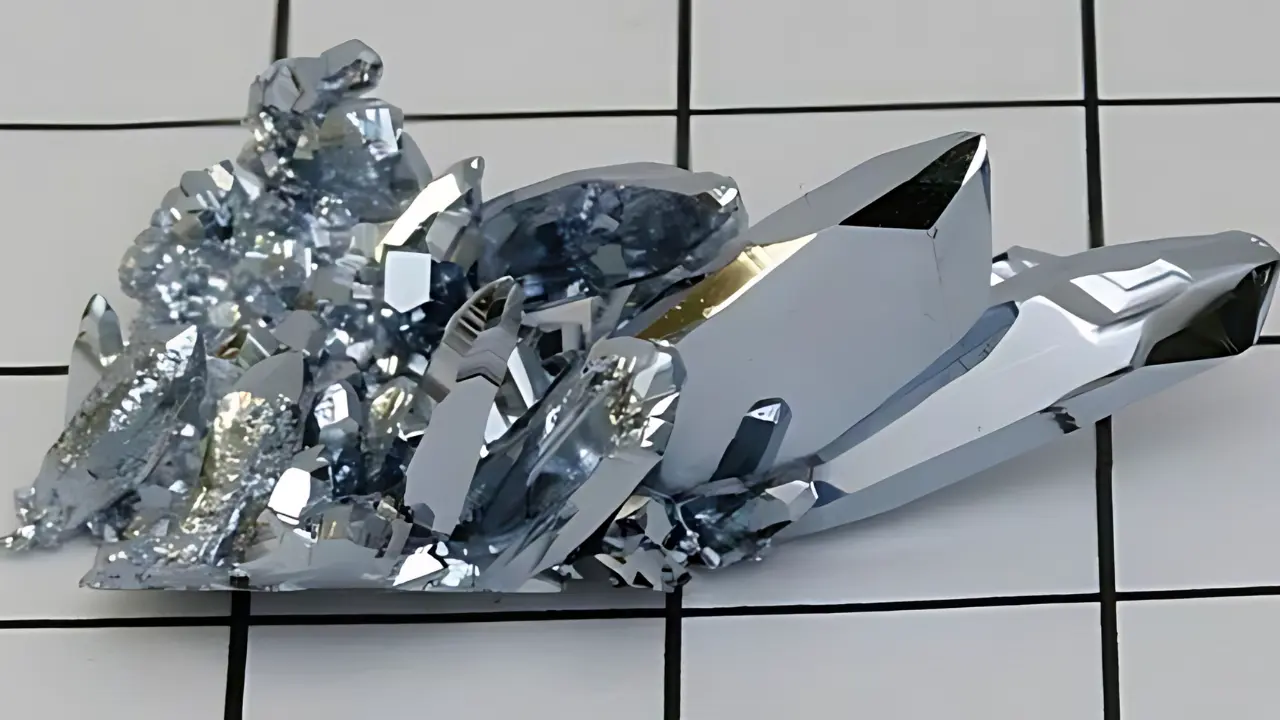
Relatively unknown to the layperson, californium is the quietly the most expensive metal in the world right now. Californium is a synthetic radioactive metal with the atomic number of 98. It is not occurring in the nature.
The pure metal is silvery-white, malleable and so soft it can be easily sliced with a razor blade. Californium is moderately chemically reactive. It slowly tarnishes in air at room temperature small pieces or foils of the metal begin to oxidize, but not violently.
As you know that the californium is the most valuable metal in the word. However, the price of this metal is not available in the market due to its rarity and high production cost.
But from the historical trades it can be estimated to be around $ 25 – 27 per microgram, making it one of the most expensive elements in the world. This equates to approximately $ 25 – 27 million per gram or $ 700 – 750 million per ounce.
Despite being the most expensive metal, it is actually of little interest or consequence to most people. It has a few select uses in the medical industry, but is in fact highly radio-active and extremely dangerous! This limits its main use to nuclear power generation.
Californium is a man-made metal, and its huge price is entirely due to its rarity and production cost. Annually only 30 – 40 micrograms are made, in laboratories only in Russia and the United States.
#2. Rhodium – $4,650 per Troy Ounce.
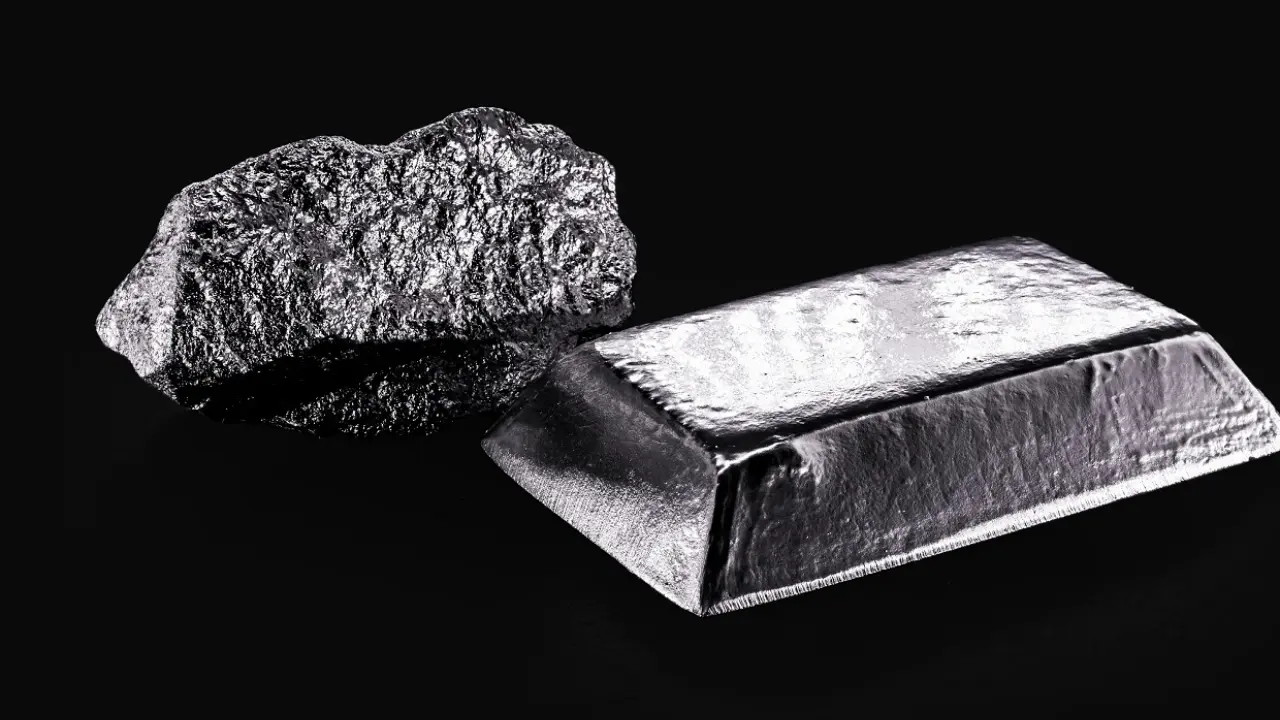
Rhodium is the most expensive precious metal in the world. However in the list of all expensive metal it is placed in the second position due to the californium a which is most expensive metal.
Rhodium is the very rare, silvery white, hard and corrosion resistant transition metal. Naturally occurring Rhodium is usually found as a free metal or as an alloy with similar metal and rarely as a chemical compound in minerals such as bowieite and rhodplumsite. It is one of the rarest and most valuable precious metals.
Current price of the Rhodium metal is $4650 per Ounce; however, it is once touched the record high price of Approximately $30,000 per Ounce in 2021.
Rhodium is mainly used for making catalytic converter for gasoline powered vehicles. In fact, this application of rhodium is accounts for little more than three quarters of worldwide demand for rhodium.
Rest of the Rhodium is used in the catalysts for the chemical manufacturing sector, Glass production, and plating for jewellery.
#3. Platinum – $1,005.40 per Ounce.

Platinum is A very heavy, precious, silver-white metal, platinum is soft and ductile and has a high melting point and good resistance to corrosion and chemical attack. For example, its surface remains bright after being brought to white heat in air, and, though it readily dissolves in aqua regia, it is scarcely attacked by simple acids.
Platinum is used for electrical contacts and sparking points because it resists both the high temperatures and chemical attack of electric arcs. Jewelry and dental alloys account for much of its use; platinum-iridium is used for surgical pins.
As a catalyst, platinum has many applications, notably in automotive catalytic converters and in petroleum refining.
#4. Palladium – $1,022.00 Per Ounce.
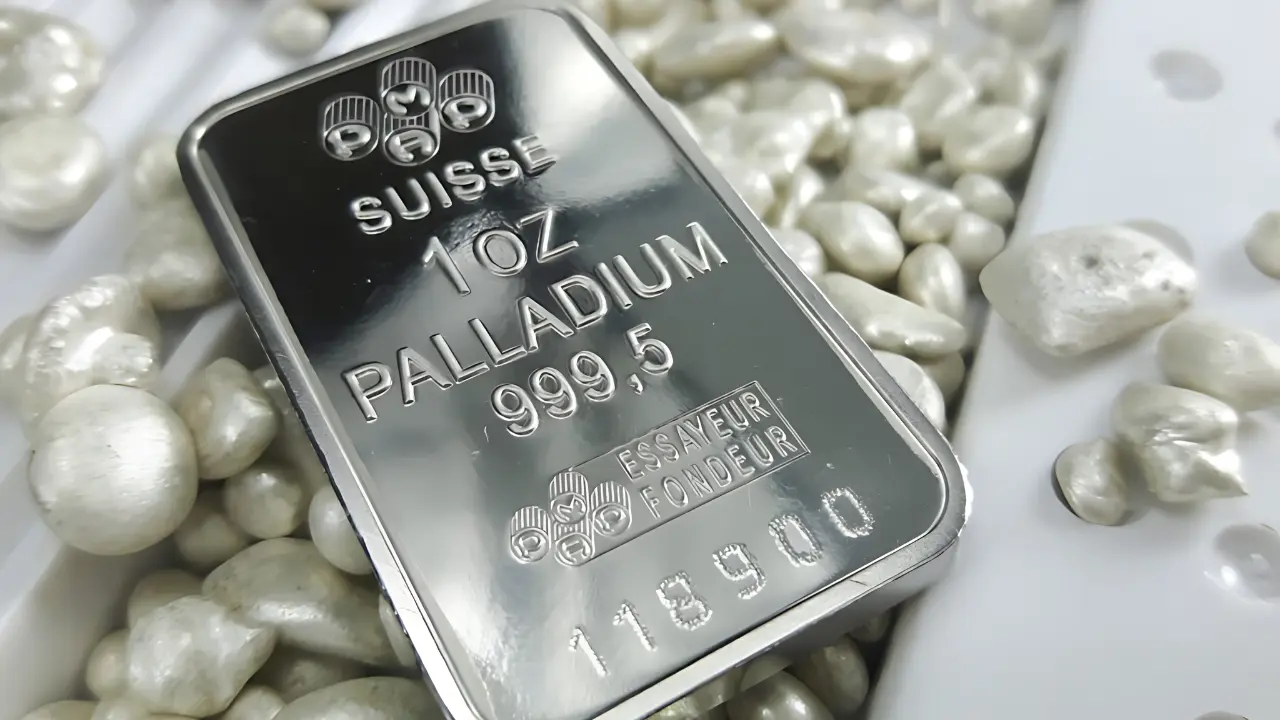
Palladium is a rare metal that belongs to the platinum group of elements. The silvery-white metal has a high melting point, is resistant to corrosion, is a good conductor of electricity, and maintains the ability to absorb large amounts of hydrogen.
Industrial uses of palladium include applications in dentistry and electronics, but most of the world’s palladium supply is allocated to the manufacture of catalytic converters.
As a rare metal, palladium is also increasingly seen as an investment proposition. With limited supply, most of which comes from mines in Russia and South Africa, the price of palladium is volatile, depending on both geopolitics and – given its industrial value – the global macroeconomic environment.
#5. Gold – $2,392.13 per Ounce.
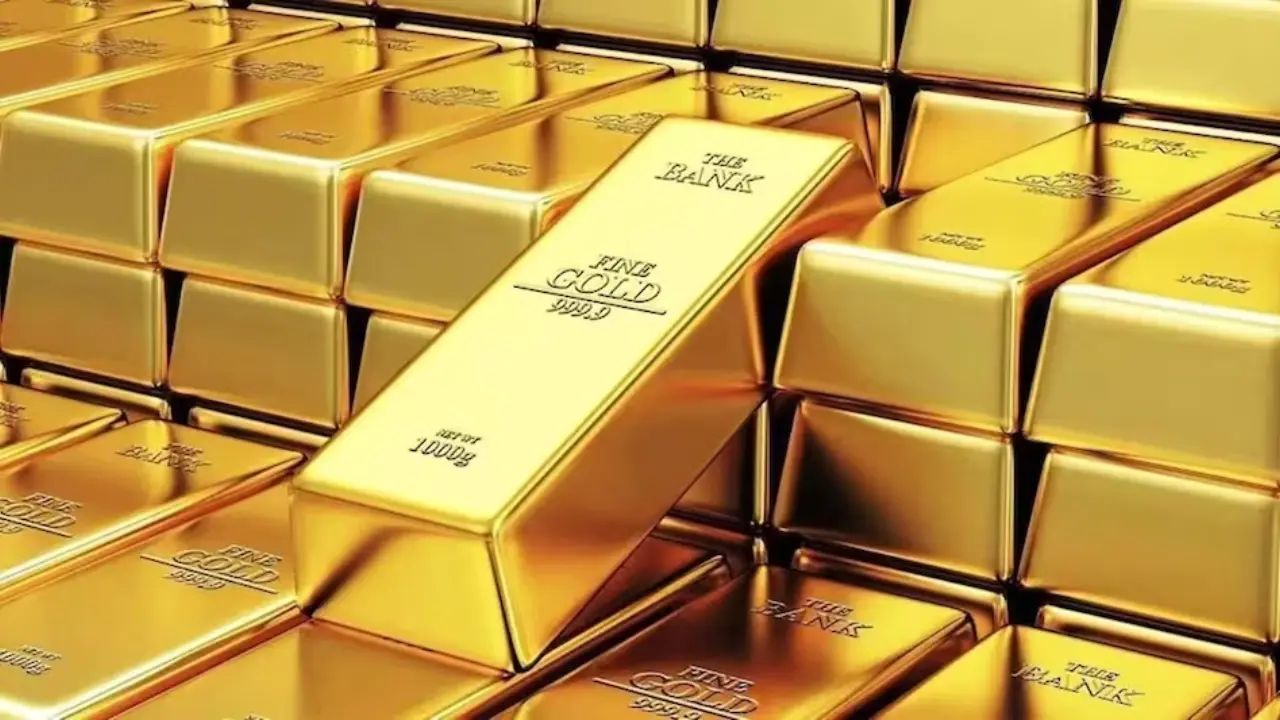
Gold (Au), chemical element, a dense lustrous yellow precious metal. Gold has several qualities that have made it exceptionally valuable throughout history.
It is attractive in colour and brightness, durable to the point of virtual indestructibility, highly malleable, and usually found in nature in a comparatively pure form. The history of gold is unequaled by that of any other metal because of its perceived value from earliest times.
Because pure gold is too soft to resist prolonged handling, it is usually alloyed with other metals to increase its hardness for use in jewelry, goldware, or coinage.
Most gold used in jewelry is alloyed with silver, copper, and a little zinc to produce various shades of yellow gold or with nickel, copper, and zinc to produce white gold.
Because of its high electrical conductivity (71 percent that of copper) and inertness, the largest industrial use of gold is in the electric and electronics industry for plating contacts, terminals, printed circuits, and semiconductor systems.
Thin films of gold that reflect up to 98 percent of incident infrared radiation have been employed on satellites to control temperature and on space-suit visors to afford protection.
Used in a similar way on the windows of large office buildings, gold reduces the air-conditioning requirement and adds to the beauty. Gold has also long been used for fillings and other repairs to teeth.
#6. Ruthenium – $410.00 per Ounce.
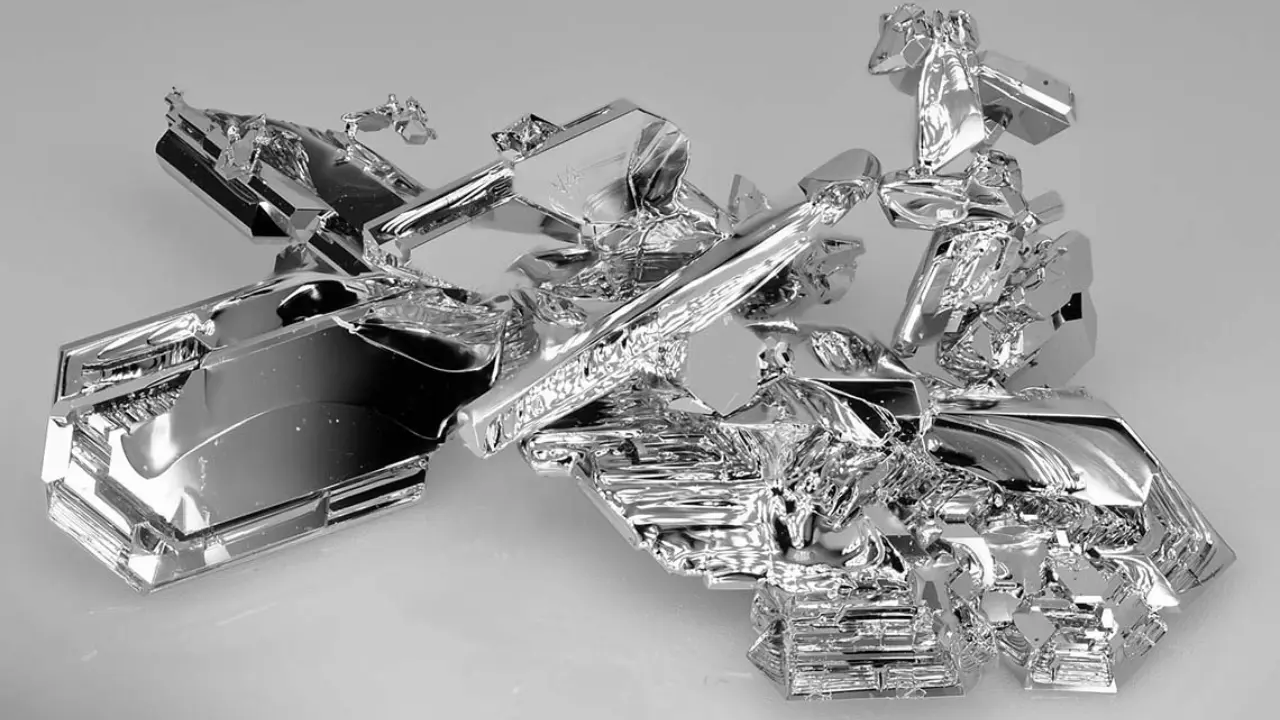
Ruthenium metal is Silver-Gray metal looks like platinum but it is rarer, harder, and more brittle. Because of its high melting point, ruthenium is not easily cast; its brittleness, even at white heat, makes it very difficult to roll or draw into wires.
Thus, the industrial application of metallic ruthenium is restricted to use as an alloy for platinum and other metals of the platinum group.
It serves the same function as iridium for the hardening of platinum and, in conjunction with rhodium, is used to harden palladium. Ruthenium-hardened alloys of platinum and palladium are superior to the pure metals in the manufacture of fine jewelry and of electrical contacts for wear resistance.
#7. Iridium – $4725.00 Per Ounce.
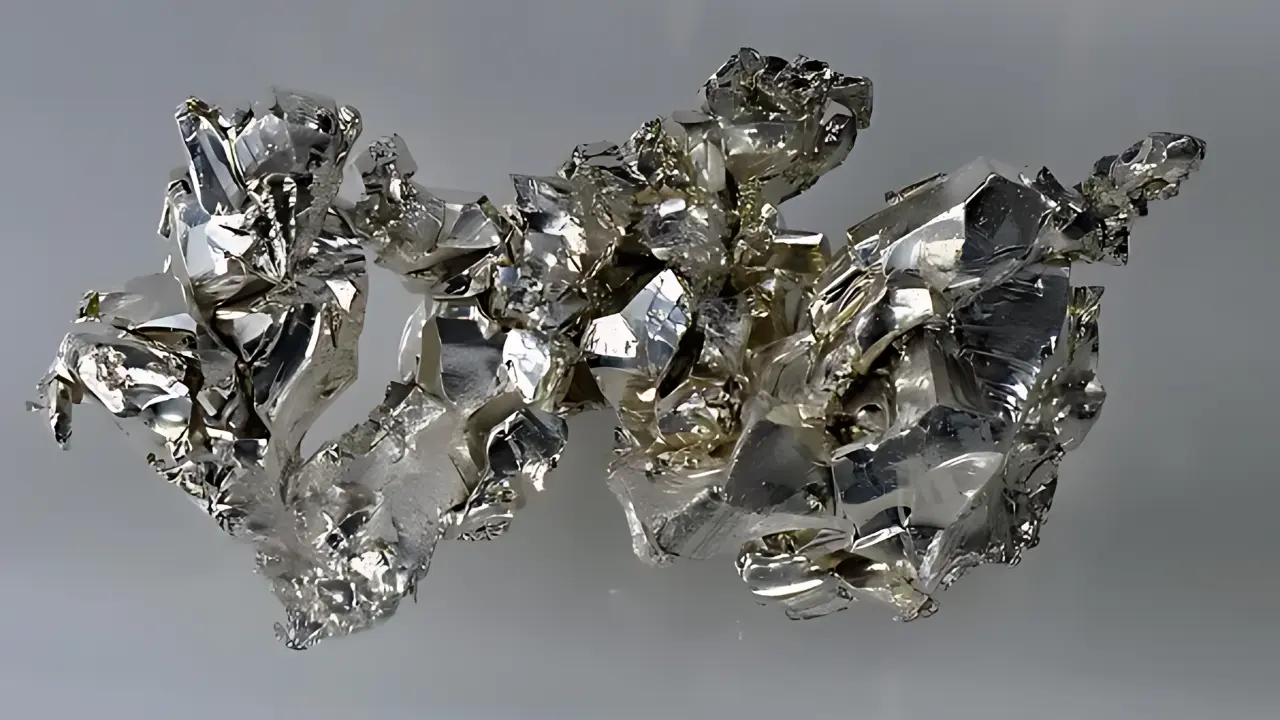
Iridium (Ir) is very dense and rare and is used in platinum alloys. A precious, silver-white metal, iridium is hard and brittle. It is one of the densest terrestrial substances. In the massive state the metal is practically insoluble in acids and is not attacked even by aqua regia.
Because of difficulties in preparation and fabrication, the pure metal has few applications. Iridium is chiefly used in the form of platinum alloys.
Platinum-iridium alloys are readily workable metals that are much harder and stiffer and more resistant to chemical attack than the soft pure platinum. Such alloys are used for jewelry, pen points, surgical pins and pivots, and electrical contacts and sparking points.
#8. Osmium – $400 Per Ounce.
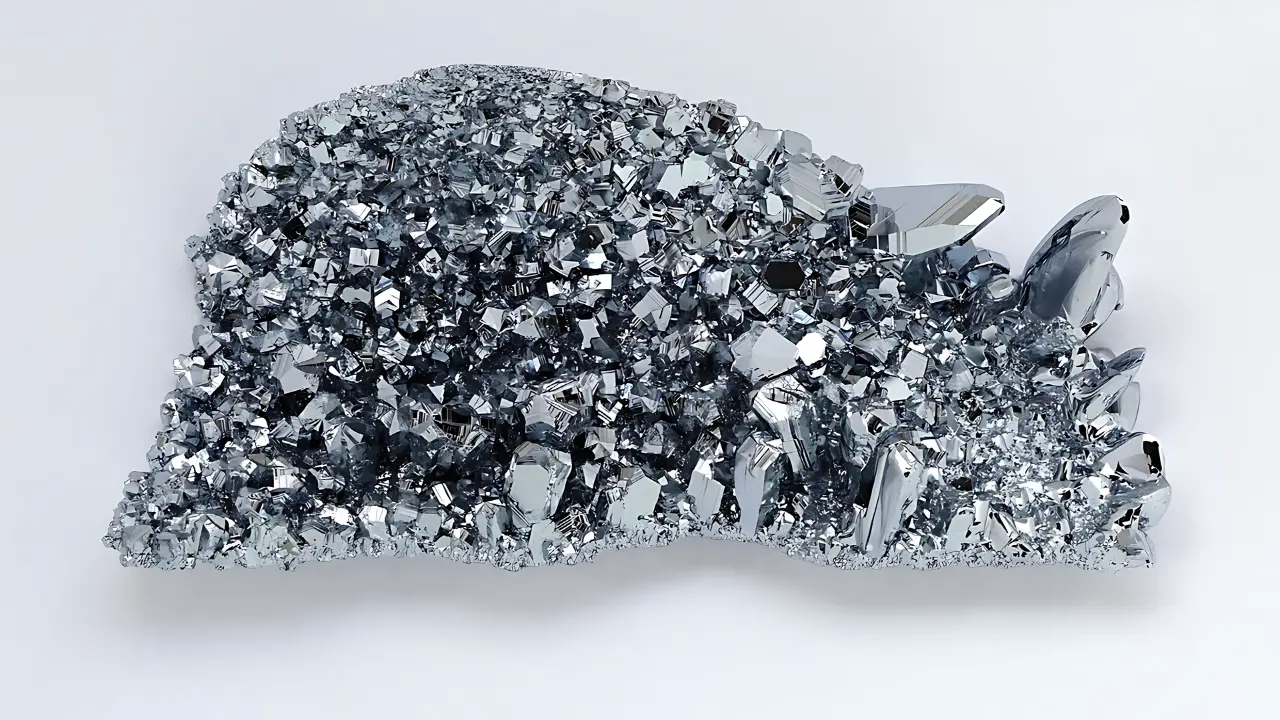
Osmium (Os), A Gray-white metal, osmium is very hard, brittle, and difficult to work, even at high temperatures. Of the platinum metals, it has the highest melting point, so fusing and casting are difficult.
Osmium wires were used for filaments of early incandescent lamps before the introduction of tungsten. It has been used chiefly as a hardener in alloys of the platinum metals, though ruthenium has generally replaced it.
A hard alloy of osmium and iridium was used for tips of fountain pens and phonograph needles, and osmium tetroxide is used in certain organic syntheses.
#9. Rhenium – $46.87 Per Troy Ounce.
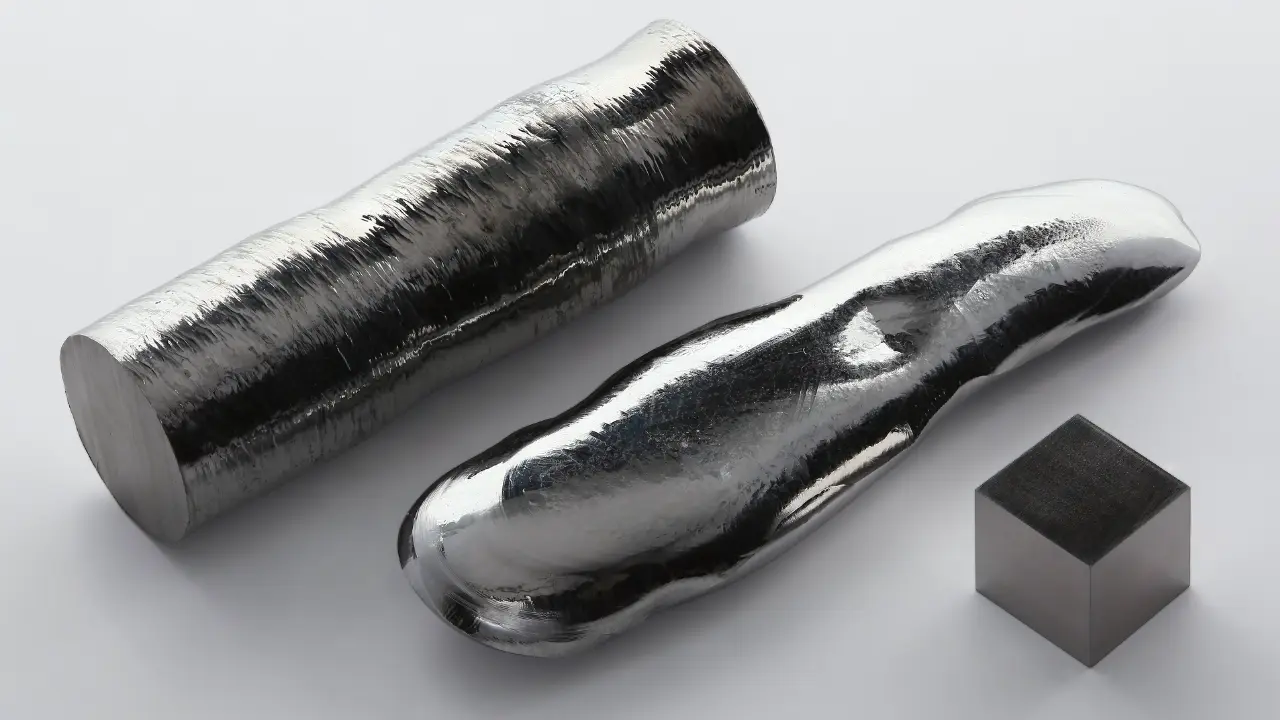
Rhenium (Re), a very rare, silvery white and extremely hard metal. Rhenium metal and its alloys have found limited application as turbine blades in fighter-jet engines, fountain pen points, high temperature thermocouples (with platinum), catalysts, electrical contact points, and instrument bearing points and in electrical components, such as in flashbulb filaments as an alloy with tungsten.
Rhenium does not occur free in nature or as a compound in any distinct mineral; instead it is widely distributed in small amounts in other minerals, usually in concentrations averaging about 0.001 parts per million.
#10. Silver – $21.14 Per Troy Ounce.
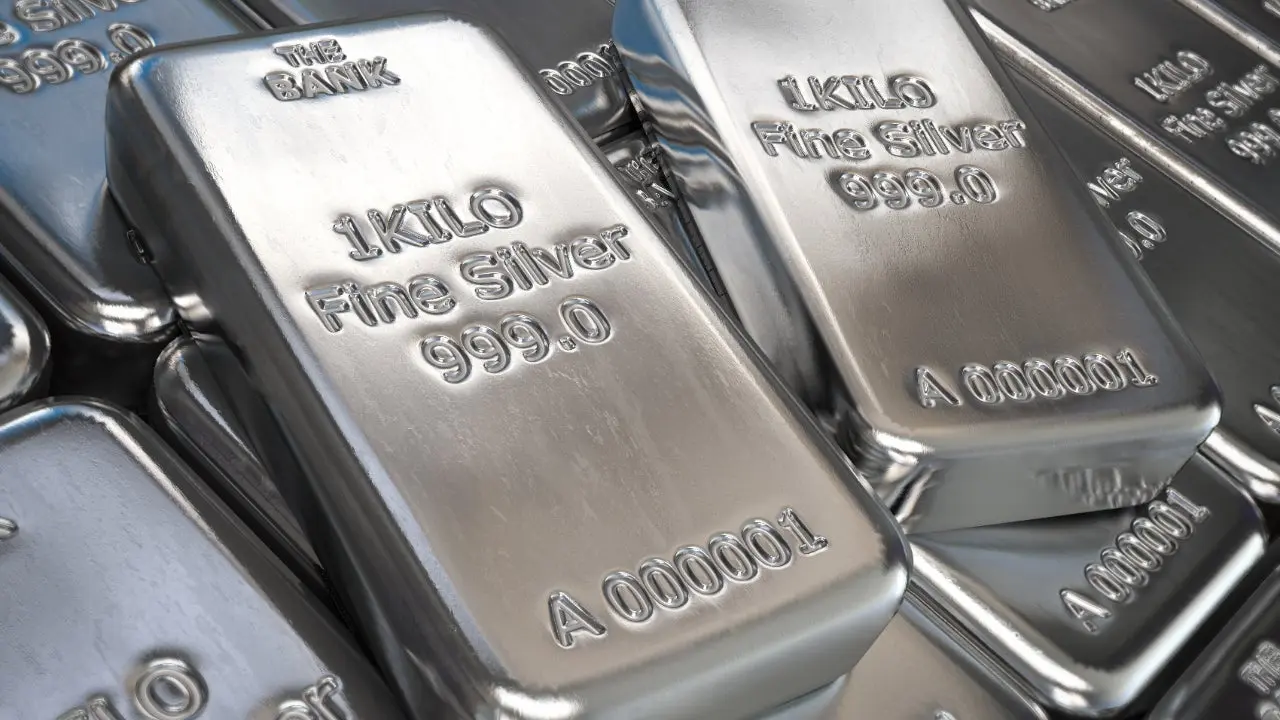
Silver (Ag), a white lustrous metal valued for its decorative beauty and electrical conductivity. silver is one of the so-called precious metals.
Because of its comparative scarcity, brilliant white color, malleability, ductility, and resistance to atmospheric oxidation, silver has long been used in the manufacture of coins, ornaments, and jewelry.
Silver has the highest known electrical and thermal conductivity of all metals and is used in fabricating printed electrical circuits and as a vapor-deposited coating for electronic conductors; it is also alloyed with such elements as nickel or palladium for use in electrical contacts.
Silver also finds use as a catalyst for its unique ability to convert ethylene to ethylene oxide, which is a precursor of many organic compounds. Silver is one of the noblest that is, least chemically reactive of the transition elements.